As our homes and health care services continue to converge, we can see signposts of direct-to-consumer strategies from the pillbox (where DTC is a mature thing) to clinical care in peoples’ hands (and on their preferred technology platforms).
Some examples this week make this point, which taken together demonstrate the portfolio of ways more people – as health consumers and caregivers – can engage in their health, well-being, and clinical care.
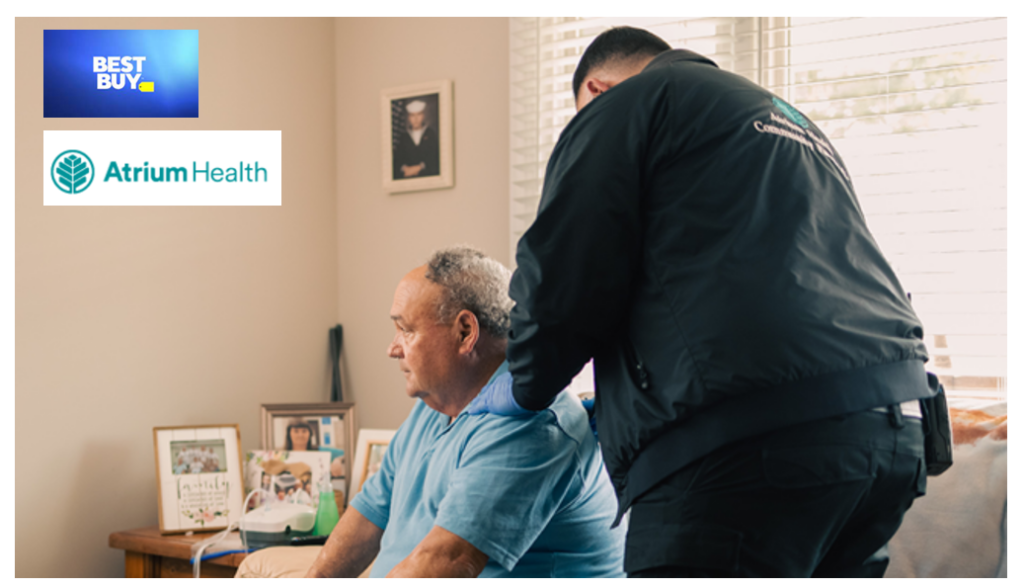
Start with Best Buy’s announcement that they will collaborate with the health system Atrium Health to bolster hospital-to-home effectiveness and activation between hospitals and patients. You know Best Buy for its consumer electronic retail chops, starting up Best Buy Health several years ago as a key pillar for the company’s strategic long term plans. Enter Atrium Health into this mix: the hospital system has had a successful entry into hospital-at-home care, and with Best Buy as partner, will grow the consumer-digital-health front-end capabilities through a trusted retail brand’s Geek Squad expertise.
I can’t say it better than Deborah Di Sanzo, President of Best Buy Health, did in the press release:
“We knew Atrium Health was the right partner to help tackle the unique challenges within the care at home experience,” said Deborah Di Sanzo, president of Best Buy Health. “We’re excited to leverage our expertise in omnichannel, supply chain, Caring Center support and services, in-home support and our ability to connect patients and providers through Current Health’s care at home platform. Those strengths, combined with Atrium Health’s extensive clinical expertise and deep experience leading in virtual care, will help us improve and enable care in the home for everyone.”
Now ad in prescription drugs which is the mature category of DTC in healthcare — a unique aspect of American medicine as the only country in the world, except for New Zealand, which permits direct-to-consumer pharmaceutical advertising. This week, Teva Pharmaceuticals launched a campaign focused on caregivers — who are among the largest unpaid workforce collectives in the U.S. (For more on this economic and personal challenge, see the good work of ARCHANGELS, led by Alexandra Drane).
As actor John Rhys-Davies (whom you have loved in Indiana Jones and Lord of the Rings franchises) attests, “Love doesn’t take a break” when you’re a caregiver.
Rhys-Davies knows this so well, speaking out of his experience in caring for his wife until she succumbed to Alzheimer’s disease in 2010.
Here, Teva collaborated with the agency VCCP London to raise our awareness of and appreciation for caregivers….baking in the empathy and personal story of Rhys-Davies. Well done, Teva.
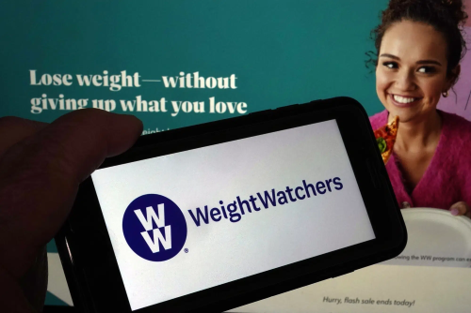
On a different self-care front, check out this week’s news that WW (once known as Weight Watchers) acquired Sequence (aka Weekend Health). This acquisition grows WW’s telehealth capabilities, as Sequence built a subscription virtual care platform serving chronic weight management, including the use of GLP-1 prescription drugs. The platform enables patients and clinicians to collaborate in ongoing care and communication to support the long journey of behavior change. As of February 2023, Sequence was serving about 24,000 consumers.
There’s more on Sequence here. A concurrent news story in the weight management space is the fast-growing prescribing by clinicians and adopting by consumers of drugs in the weight-loss category, the GLP-1 agonists.

If you watch TV or stream radio, there’s no doubt you’ve heard some of the DTC ads for drugs in this group such as Rybelsus, Ozempic and Trulicity (currently three of the top ten DTC Rx spends). Weight-loss has been a top-self-care area for health consumers since the beginning of time, so watch this space closely.
(Here’s a salient essay on the “bizarre Americanness” of DTC Rx spending from Vox if you want to know more).
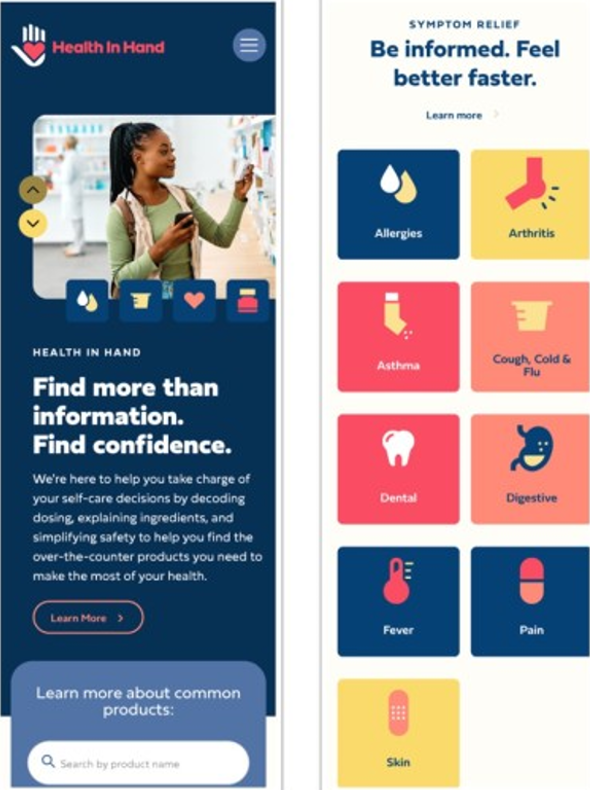
Add into this mix CHPA’s launch of the Health in Hand app, enabling consumers to access a trustworthy resource for comparing over-the-counter medicines, vitamins and supplements, and digital health devices. Supported by the Consumer Healthcare Products Association CHPA Educational Foundation, HealthinHand.org is designed for greater personalization, including new sections on My Self-Care and Healthy Living. There is updated support for people to hone in on specific diet/food styles, stage of life, and lifestyle choices.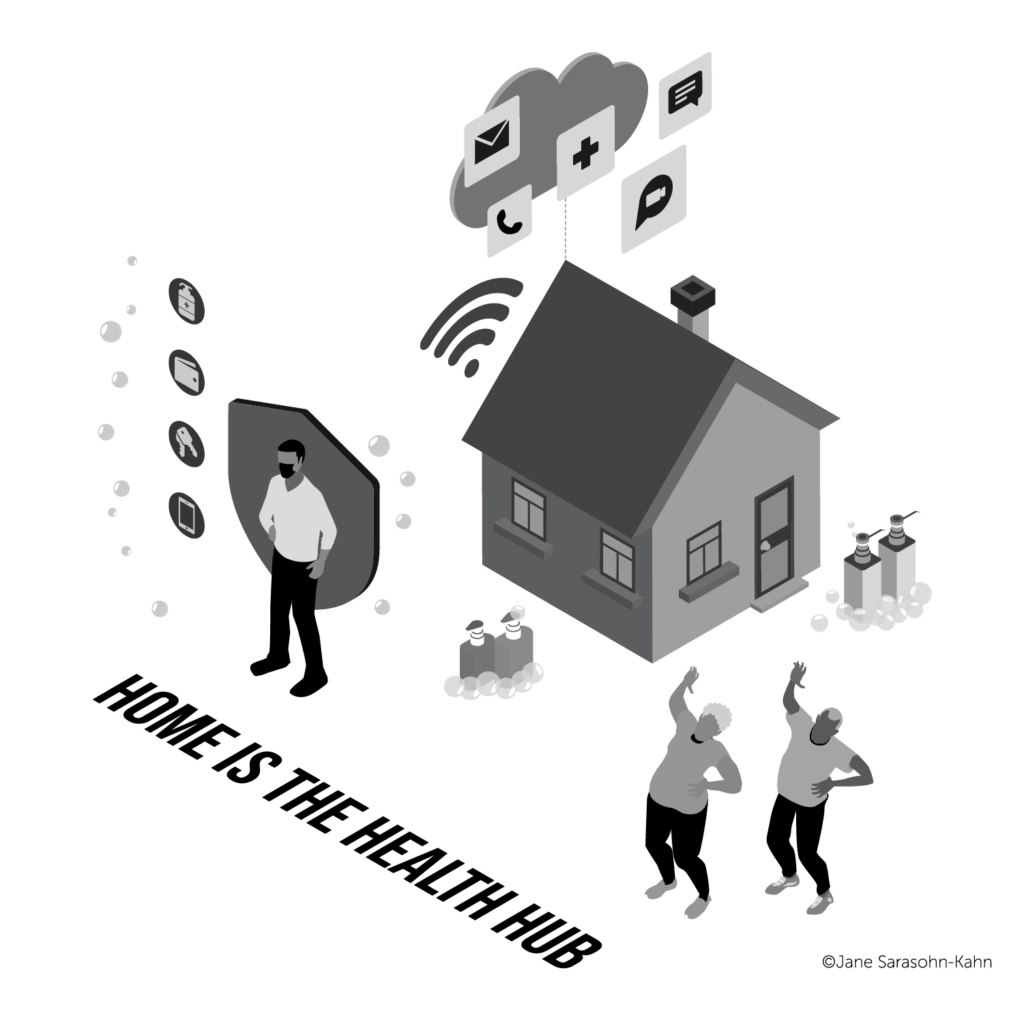
Health Populi’s Hot Points: These are but four examples, in real-time, of the evolving home and self-care phenomenon accelerating in U.S. health care. There are many drivers accelerating this, among them peoples’ growing financial skin-in-the-healthcare game through high-deductibles and more out-of-pocket, more transparent costs borne by families. The current financial stress families feel bolsters peoples’ commitment to more care-in-hand and DIY care flows at home. Furthermore, younger people have shown fast-adoption of digital health techs, and lack of interest in making a permanent commitment to a primary care medical home.
As the recent ATA conference chanted, #TelehealthIsHealth for more people, across generations, incomes and ethnic backgrounds. This is a major focus of my work these days in the U.S. and Europe. Keep staying tuned to the Health Populi blog as I continue to grow and learn more in the field on our home as site of care.


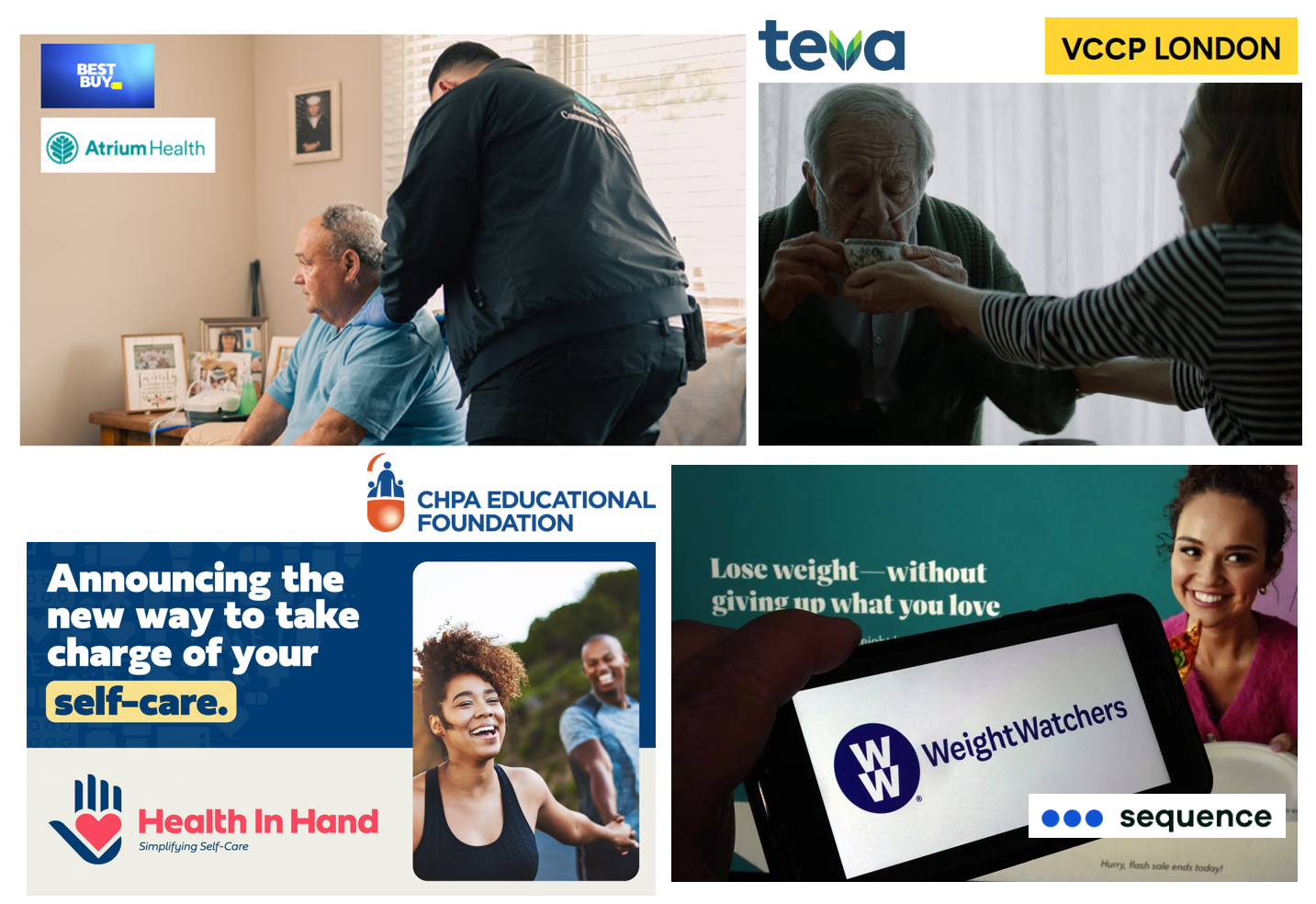


 I am so grateful to Tom Lawry for asking me to pen the foreword for his book, Health Care Nation,
I am so grateful to Tom Lawry for asking me to pen the foreword for his book, Health Care Nation,  I love sharing perspectives on what's shaping the future of health care, and appreciate the opportunity to be collaborating once again with Duke Corporate Education and a global client on 6th May. We'll be addressing some key pillars to consider in scenario planning such as growing consumerism in health care, technology (from AI to telehealth), climate change, and trust -- the key enabler for health engagement or dis-engagement and mis-information. I'm grateful to be affiliated with the corporate education provider
I love sharing perspectives on what's shaping the future of health care, and appreciate the opportunity to be collaborating once again with Duke Corporate Education and a global client on 6th May. We'll be addressing some key pillars to consider in scenario planning such as growing consumerism in health care, technology (from AI to telehealth), climate change, and trust -- the key enabler for health engagement or dis-engagement and mis-information. I'm grateful to be affiliated with the corporate education provider  Thank you FeedSpot for
Thank you FeedSpot for